Breaking down the Chesapeake’s many diverse natural and historic sites
No matter the designation, there’s plenty of places to get outside in the watershed
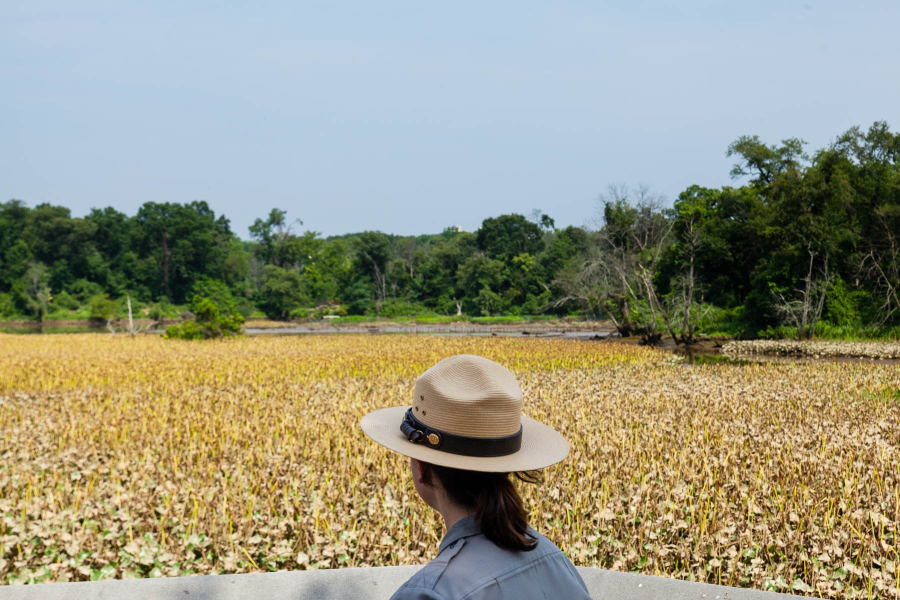
With the possibility of the Chesapeake Bay soon becoming a National Recreation Area, and the announcement of the new Southern Maryland Woodlands National Wildlife Refuge in December 2024, there are a lot of reasons to be excited about the future of outdoor recreation in the Chesapeake Bay watershed.
But some people are scratching their heads over what a national recreation area and a national wildlife refuge mean. Isn’t everything just simply a national park, overseen by the National Park Service?
Unfortunately, it’s not that simple. There are a wide range of lands and waters in the United States that are overseen by different federal agencies, whether that’s the U.S Fish and Wildlife Service, U.S. Forest Service, National Oceanic and Atmospheric Administration (NOAA) or the National Park Service. While almost all of these sites are open to the public, they’re given different designations and uses. Some designations, like national recreation areas, are specifically set aside for recreational purposes. Others, like wild and scenic riverways, are given to waterways that provide at least one natural, recreational or cultural value, while ensuring the waterway remains free flowing with no dams or other diversions.
The Chesapeake Bay watershed is home to several types of protected lands and waters. Read on to learn more about the difference between these site designations, along with some suggestions as to where you can visit!
National Parks
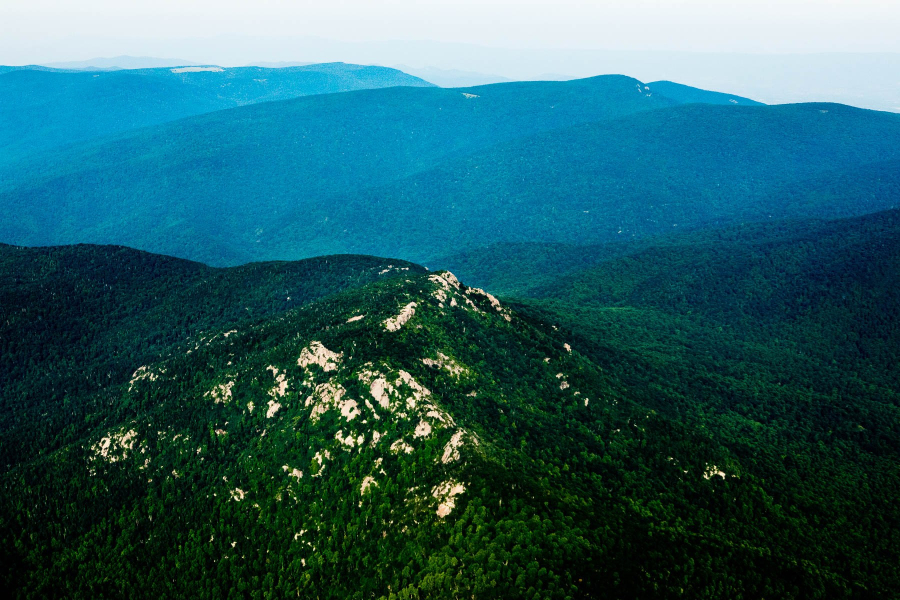
Anyone can suggest new national parks, but only Congressional legislation can create them. Potential national park sites must meet three criteria:
- It possesses nationally significant natural, cultural or recreational resources.
- It is a suitable and feasible addition to the current National Park System.
- It requires direct National Park System management instead of protection by other federal, state or local government agencies or the private sector.
There is only one national park that lies within the Chesapeake Bay watershed–Shenandoah National Park in Virginia. Spanning over 200,000 acres, Shenandoah was established by Congress in 1926, after a significant effort to create a national park in the eastern part of the country.
While all national park designations are managed by the National Park Service and receive federal funding, national parks are often the most strictly protected, striving to keep the landscape unaltered while offering some type of recreational opportunity. The national park system has 28 different types of designations, but all are considered to have equal standing under the 1916 National Park Service Organic Act.
National Monuments
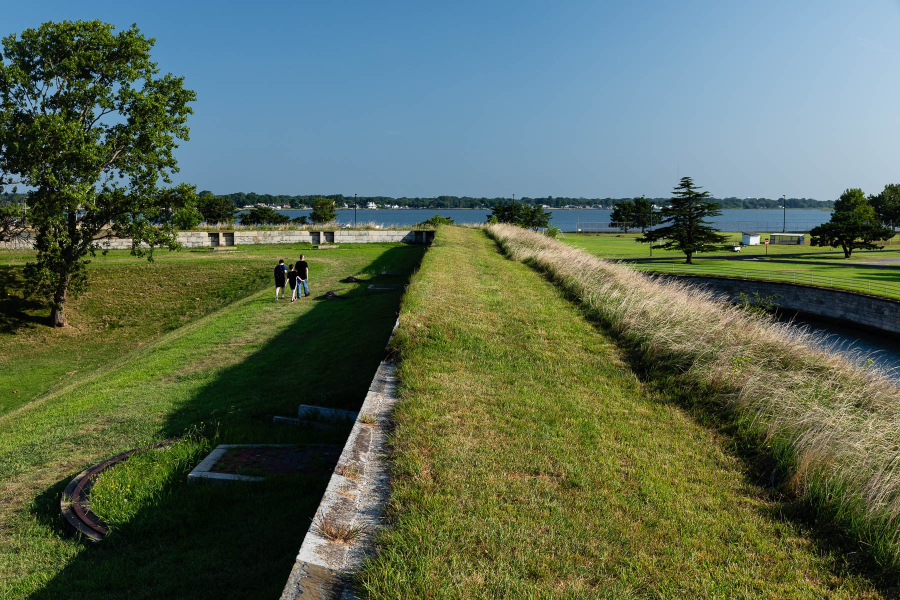
A national monument is designated to preserve one nationally significant resource, but often lacks the diversity of attractions found within a national park and is typically much smaller. Only the President can designate a national monument; a privilege given in the Antiquities Act of 1906. A national monument can be on land or in water. National marine monuments are managed by NOAA and other national land monuments can be co-managed by other federal agencies.
The newest national monument was just unveiled in December 2024–the Carlisle Federal Indian Boarding School National Monument, located in Carlisle, Pennsylvania. This national monument will share the history and stories of the 7,800 Indian children that attended the boarding school in the late 19th and early 20th century.
Other national monuments in the Chesapeake Bay watershed include Belmont-Paul Women’s Equality National Monument in Washington, D.C., Booker T. Washington National Monument and Fort Monroe National Monument in Virginia, and Fort McHenry National Monument and Shrine in Maryland.
National Historic Sites
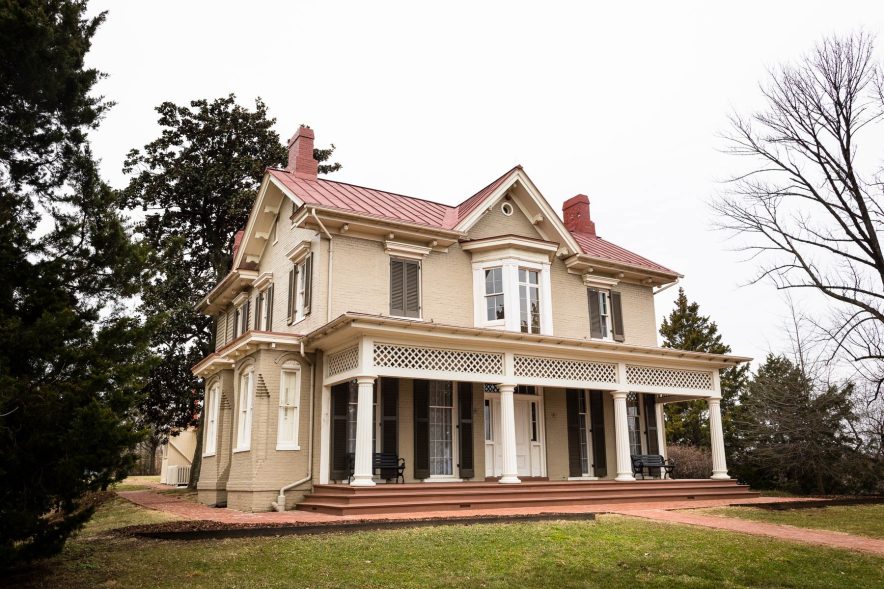

National historic sites are designated either by Congress or secretaries of the Interior, and typically contain one historical feature. National historic sites can be co-managed by other federal agencies.
The watershed holds a plethora of national historic sites–honoring presidents, such as Eisenhower National Historic Site in Pennsylvania, civil rights leaders, like at the Maggie L. Walker National Historic Site in Virginia, and the complex, at times dark, history of the United States at the Hampton National Historic Site in Maryland.
National Historical Parks
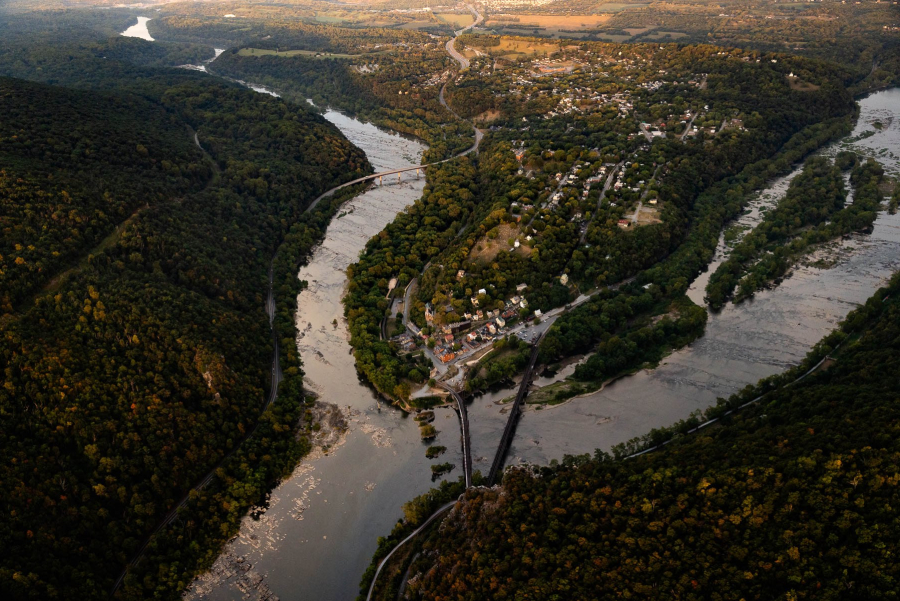
National historical parks are similar to national historic sites in every way, except they apply to park areas as well as buildings or structures. Head to Virginia if you want to visit a national historical park, since it's home to at least six, including Appomattox Court House National Historical Park and Chesapeake and Ohio National Historical Park. Other notable sites in the watershed include Harpers Ferry National Historical Park in West Virginia and Harriet Tubman Underground Railroad National Historical Park in Maryland.
National Memorials

Look no further than Washington, D.C., when looking to visit a national memorial, since the majority of monuments on the National Mall are considered national memorials. National memorials commemorate a person, subject or event and do not need to be located in a region that is directly connected to its subject. National memorials can be co-managed by other federal agencies.
National Battlefields
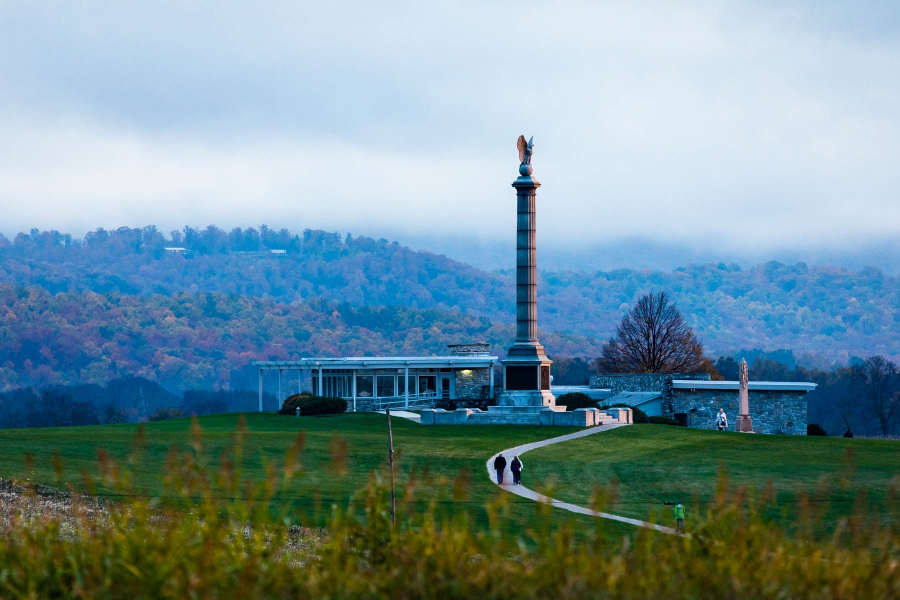
The designation of a national battlefield now includes national battlefield parks, national battlefield sites and national military parks. These sites honoring the history of our country can be found throughout the watershed. A few examples include Antietam National Battlefield in Maryland, Manassas National Battlefield Park in Virginia and Gettysburg National Military Park in Pennsylvania.
National Trails
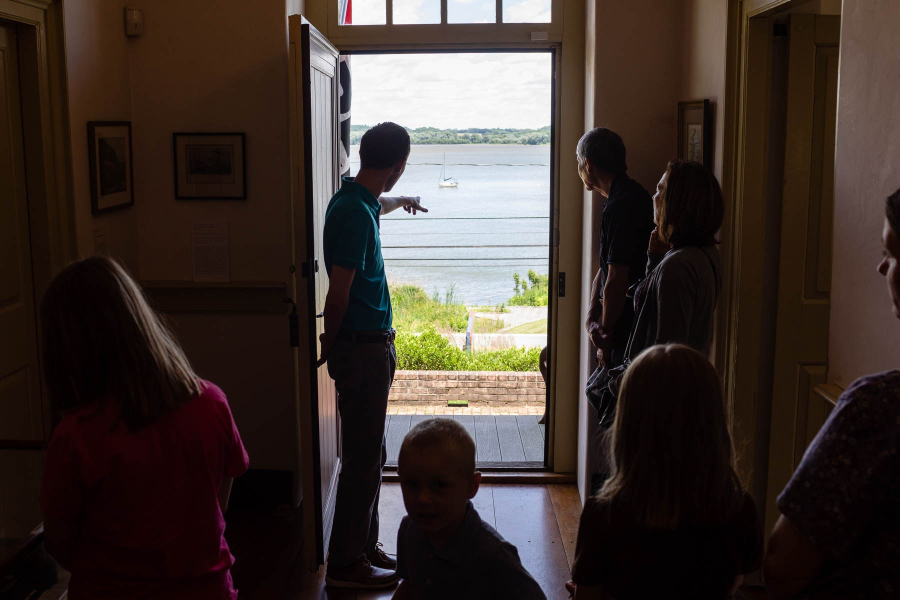
Trails of both natural and historic significance, running at a minimum of 3,600 miles, can be authorized as national trails. In the Bay region, this includes the Potomac Heritage National Scenic Trail, Captain John Smith Chesapeake National Historic Trail and Star-Spangled Banner National Historic Trail, which are co-managed by the Bureau of Land Management.
National Forests
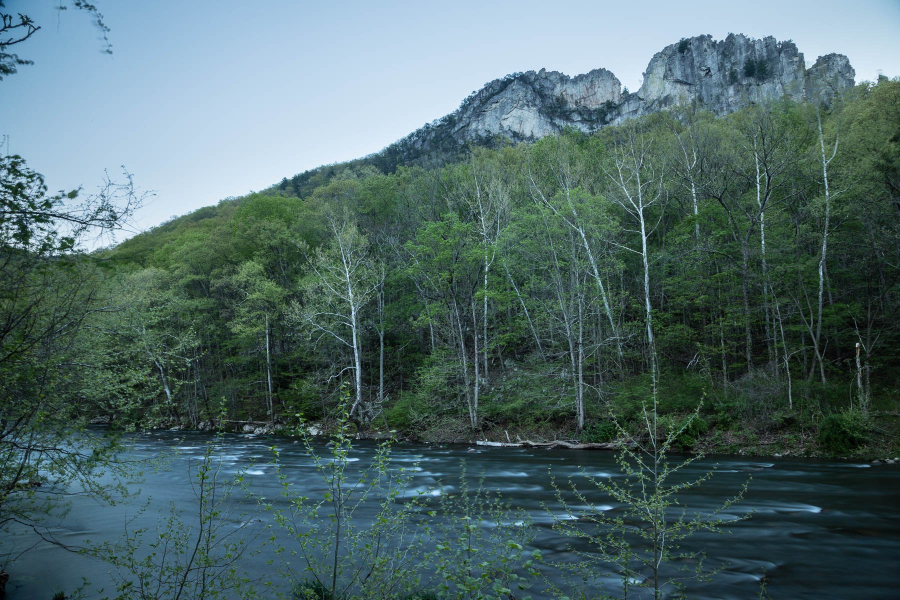
The primary difference between national forests and the National Park System is that national forests can be used in multiple ways, including for timber harvests, recreational uses and livestock grazing, among others. National forests are managed by the U.S. Forest Service.
The Chesapeake Bay watershed contains pieces of three different national forests. The Allegheny National Forest lies in north central Pennsylvania, Monongahela National Forest lies in east central West Virginia and George Washington and Jefferson National Forest spans both Virginia and West Virginia.
National Marine Sanctuaries
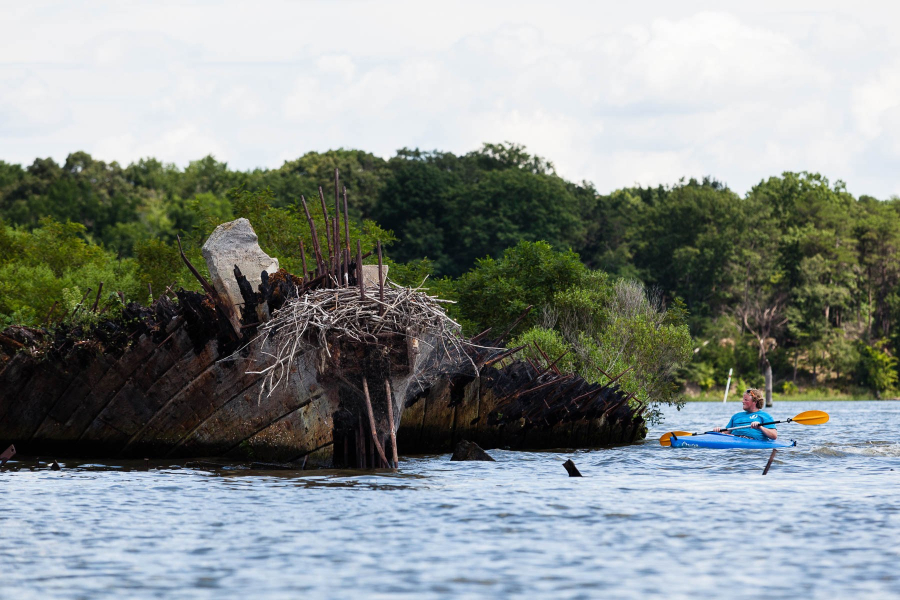
Managed by NOAA, national marine sanctuaries protect underwater areas that are home to endangered or threatened species, or contain historically significant shipwrecks. Congress must designate national marine sanctuaries, similar to how national parks are designated.
Lying off the coast of Maryland, hundreds of World War I-era shipwrecks form the Mallows Bay-Potomac River National Marine Sanctuary, the only national marine sanctuary within the watershed.
National Wildlife Refuges
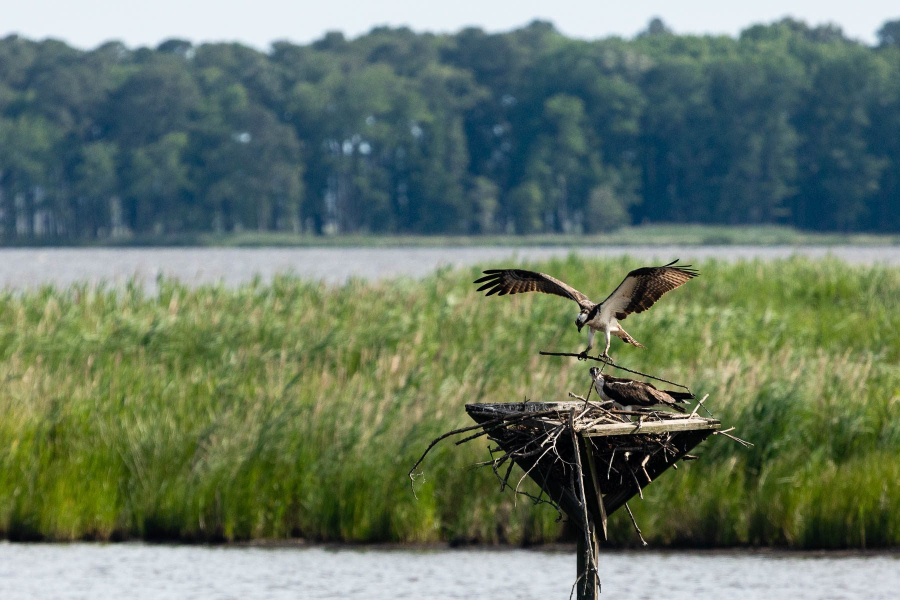
National wildlife refuges are managed by the U.S. Fish and Wildlife Service and are established for the conservation of species in the region that depend on the area’s habitat for its survival. The U.S. Fish and Wildlife Service uses a variety of different methods to manage the species, taking into account both its needs and the needs of people.
The Chesapeake Bay watershed portions of Maryland, Virginia and West Virginia contain national wildlife refuges. As mentioned above, the newest national wildlife refuge in the country lies in southern Maryland–Southern Maryland Woodlands National Wildlife Refuge. This protected area seeks to help recover species listed as federally threatened and endangered (e.g., dwarf wedgemussel), as well as conserve migratory birds of concern (e.g., saltmarsh sparrow, willet).
These are only a small sample of the extraordinary protected lands and waters across the United States. Make sure to take a look at the full list of national wildlife refuges, national forests and all National Park System units across the country, and don’t forget to visit your local, state and county parks, as well!

Comments
There are no comments.
Thank you!
Your comment has been received. Before it can be published, the comment will be reviewed by our team to ensure it adheres with our rules of engagement.
Back to recent stories